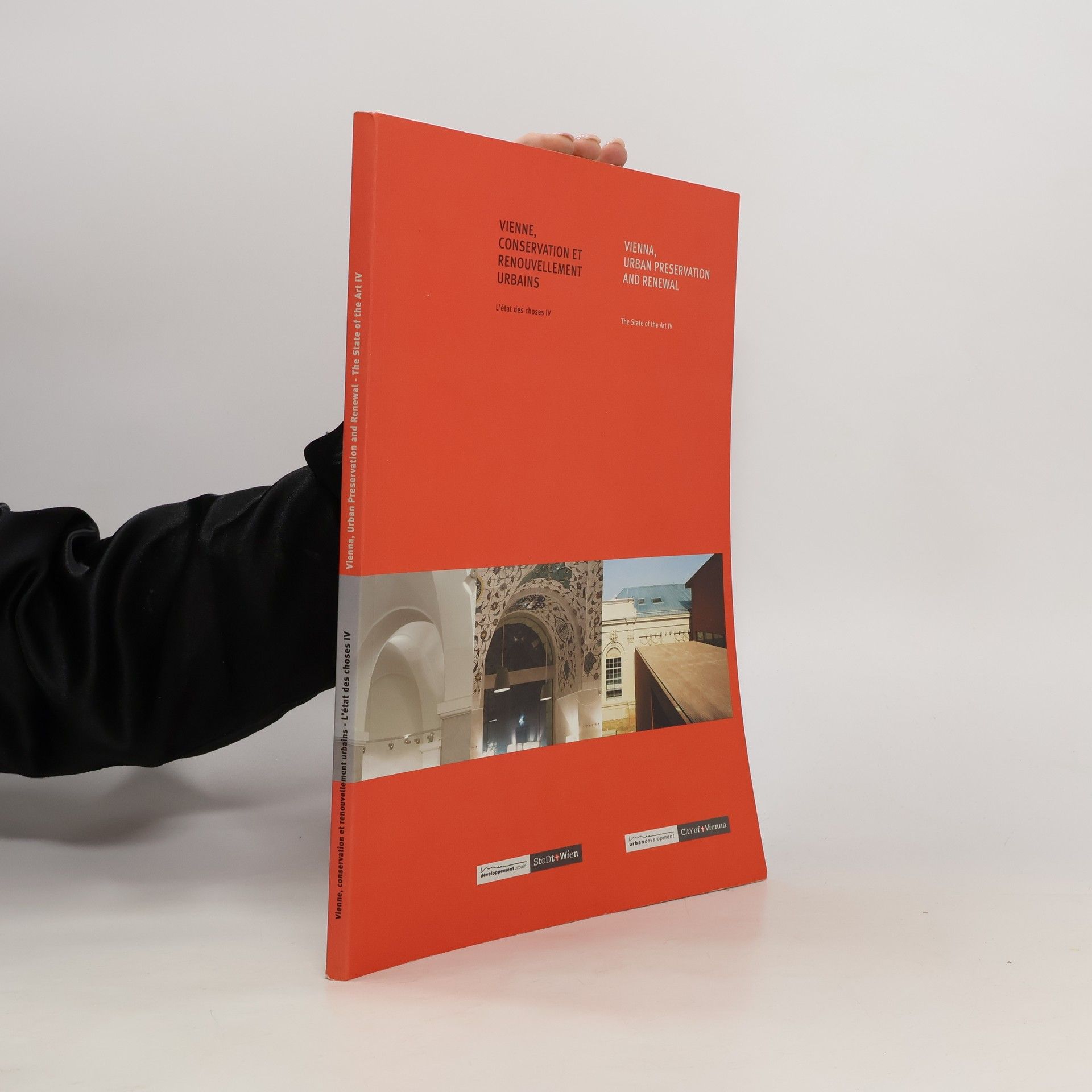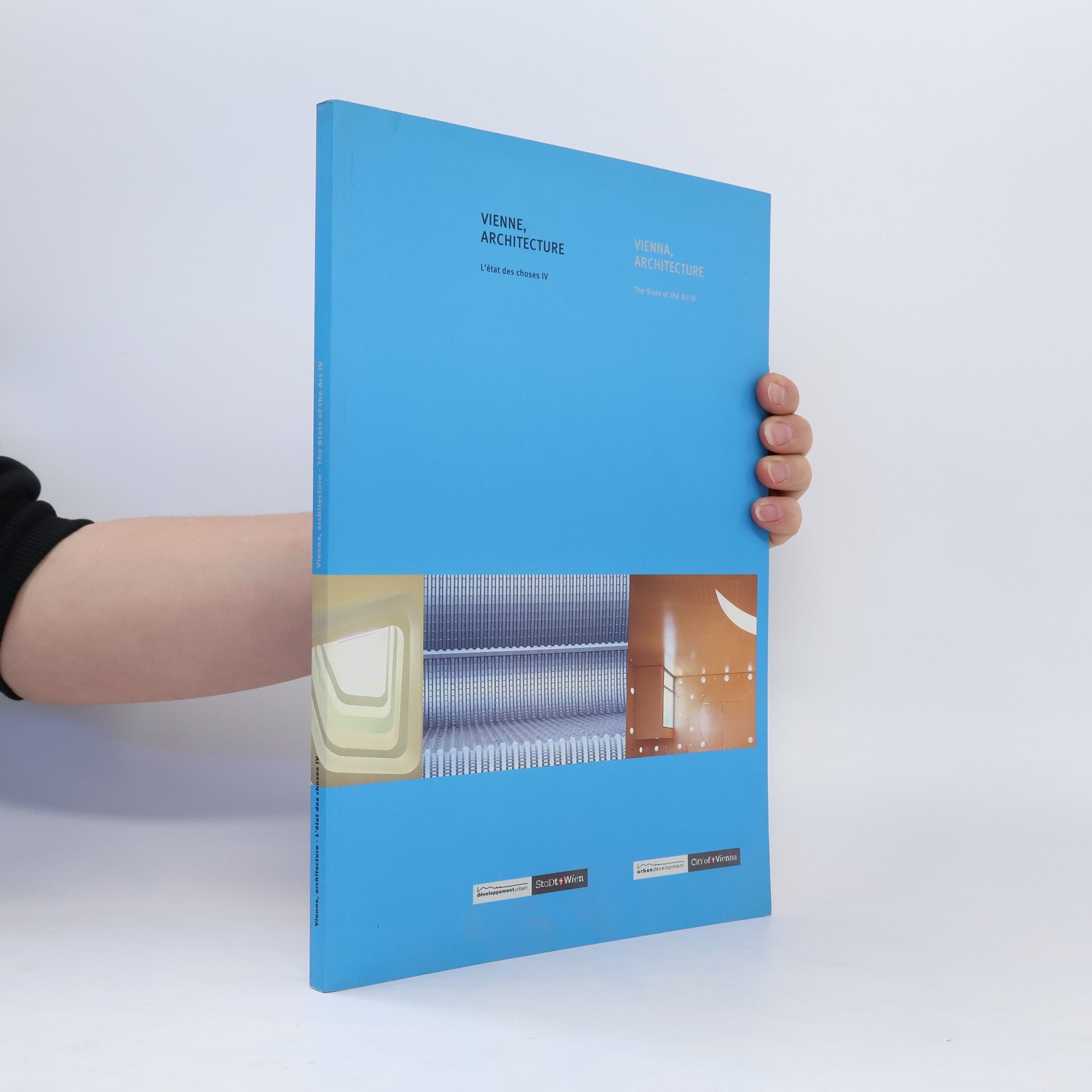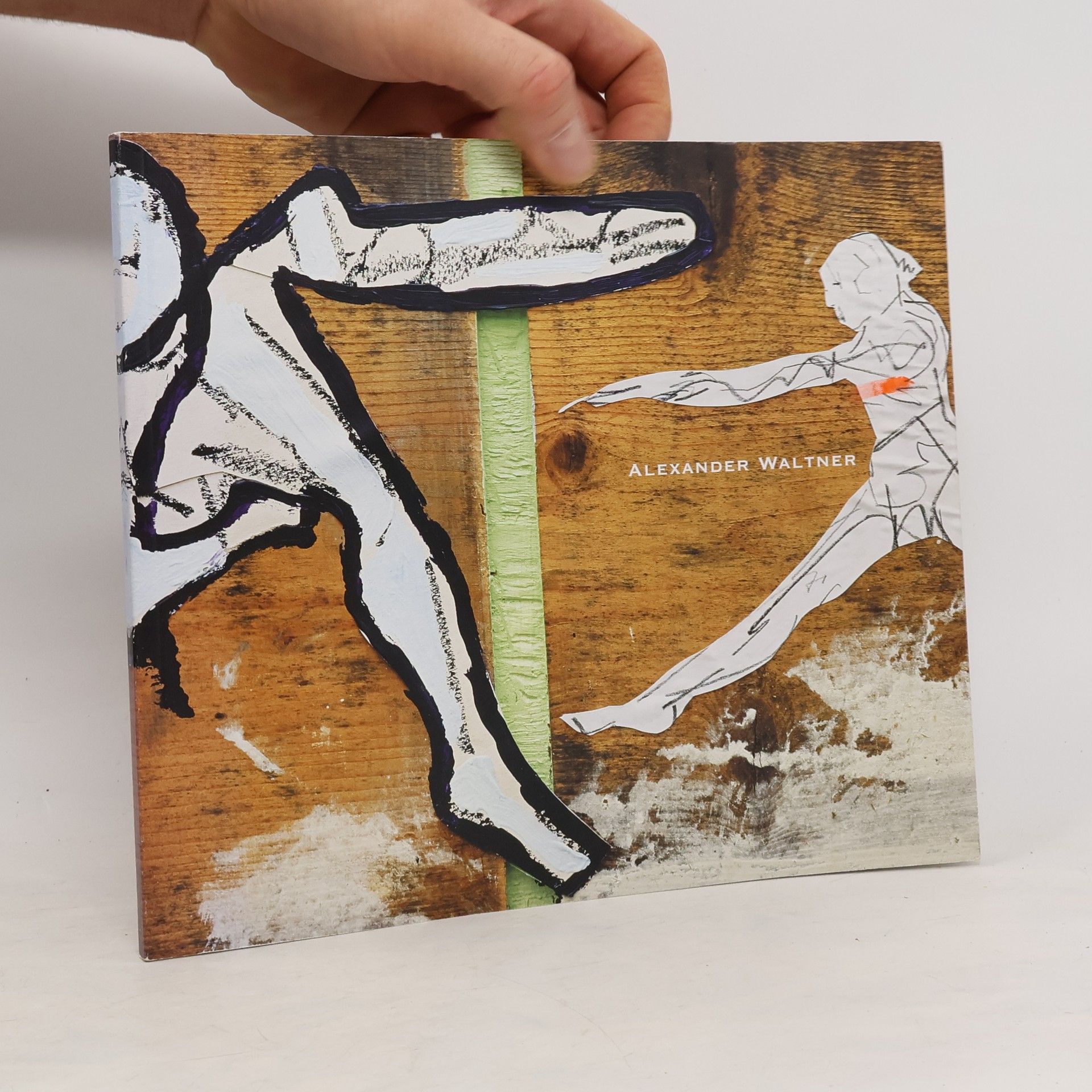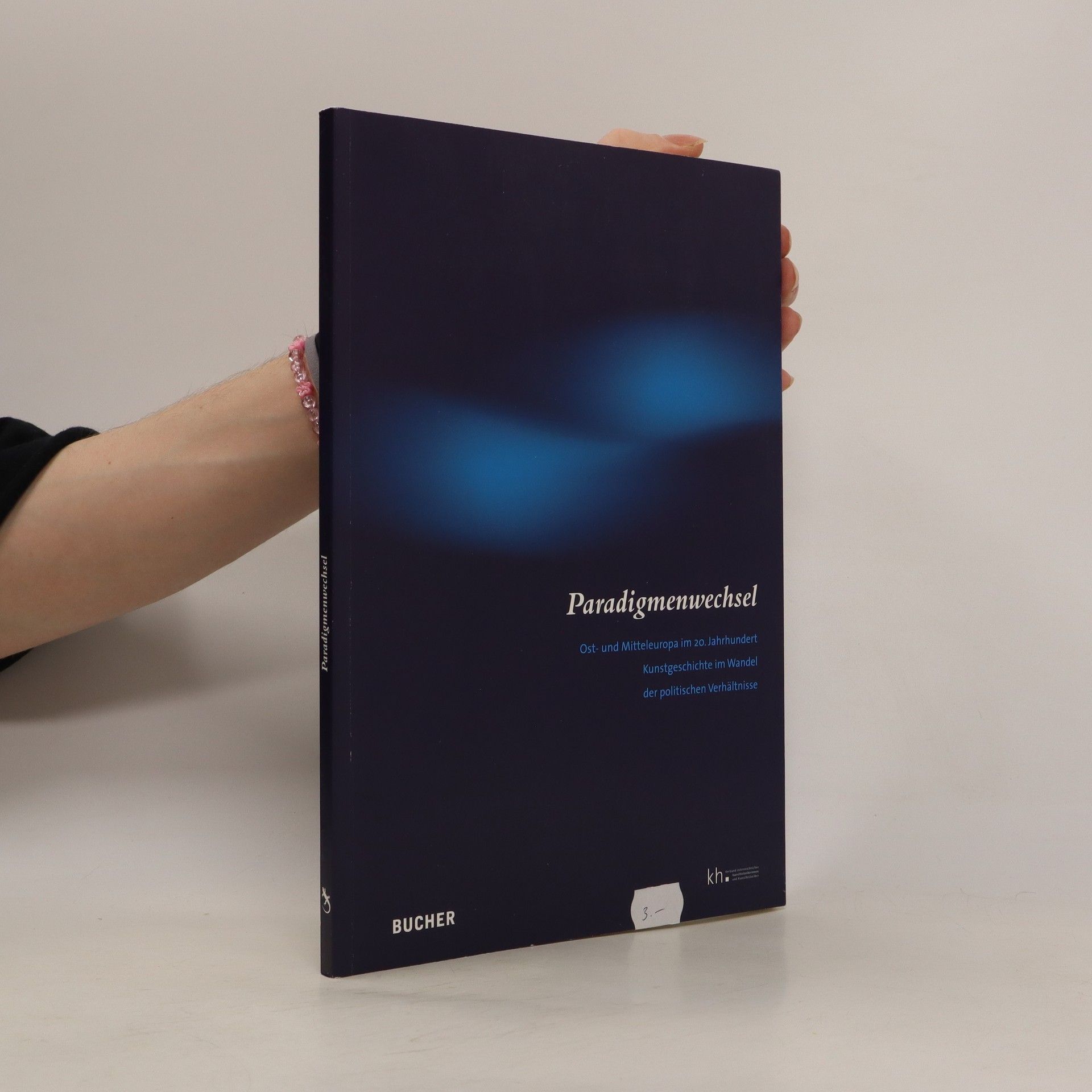Peter Bogner Libri






Frederick Kiesler was a committed networker and communicated regularly with the who’s who of the avant-garde. He was an important intermediary between the visionary ideas of the European Moderne movement and the up-and-coming New York art scene. About 20 contributions portray his colorful life and his multifaceted oeuvre in various contexts, and place Kiesler in a dialog with the most important artists and architects of his time. The publication on the occasion of the 20 year anniversary of the Friedrich Kiesler Foundation deals with his relationship with the Bauhaus, surrealism, and the New York School, as well as with personalities such as Richard Buckminster Fuller, Marcel Duchamp, Arshile Gorky, Theo van Doesburg, Piet Mondrian, Hans Arp, Sigfried Giedion, and others.
"The furnishings designed by Frederick Kiesler for Marguerita and Charles Mergentime's apartment in the mid-1930s are the only (known) work of this kind in the Austro-American universal artist's oeuvre. Little was known about them in the past, as hardly any material has survived in Kiesler's estate. Then came the sensation: in February 2014 we received a message from US design historian Marilyn Friedman that she had discovered photos of the Mergentimes' apartment! The negatives were owned by Matt Damora, the son of the architectural photographer Robert Damora, but they were in terrible condition. Extensive (and expensive) restoration work was necessary. I am pleased to say that the Frederick Kiesler Foundation managed to raise the money for this restoration and that we can now showcase the results to the public for the first time in the course of the eyes on--Month of Photography Vienna 2016"--Foreword
Paradigmenwechsel
- 123pagine
- 5 ore di lettura
Zwanzig Jahre nach Fall des „Eisernen Vorhangs“ widmet sich dieser Band anhand ausgewählter Positionen und Phänomene der jüngeren Geschichte Mittel- und Osteuropas. Große Teile dieser Länder versuchte die österreichisch-ungarische Monarchie zu einem Kulturraum zu vereinheitlichen. In den nachfolgenden politischen Umbrüchen ergaben sich dann jeweils individuelle Konstellationen, um zu Beginn des 21. Jahrhunderts wiederum im großen Gefüge der Europäischen Union zusammenzufinden. Da die Prozesse der Vereinheitlichung in hohem Maße von der Sicht auf die jeweilige nationale und gemeinsame Geschichte wie auch von den Bildproduktionen abhängen, werden politische, ideologische und historische Blickweisen berührt, die auch zu Reflexionen über die wechselnden methodischen und politischen Voraussetzungen der Kunstgeschichte einladen.

